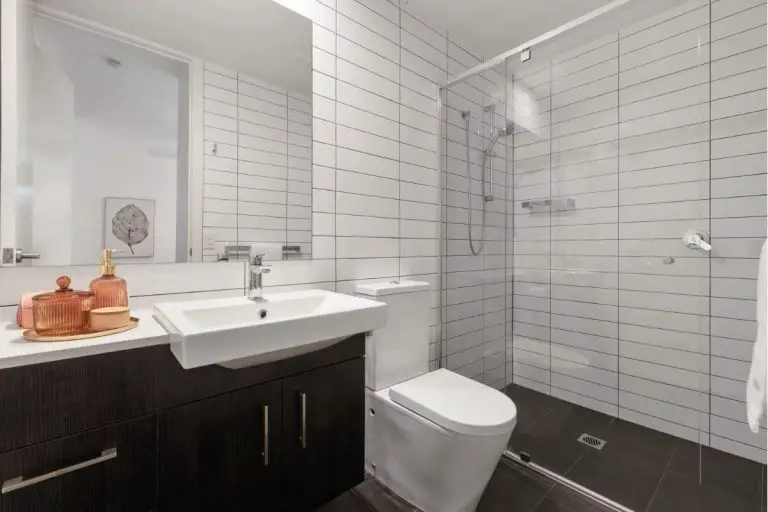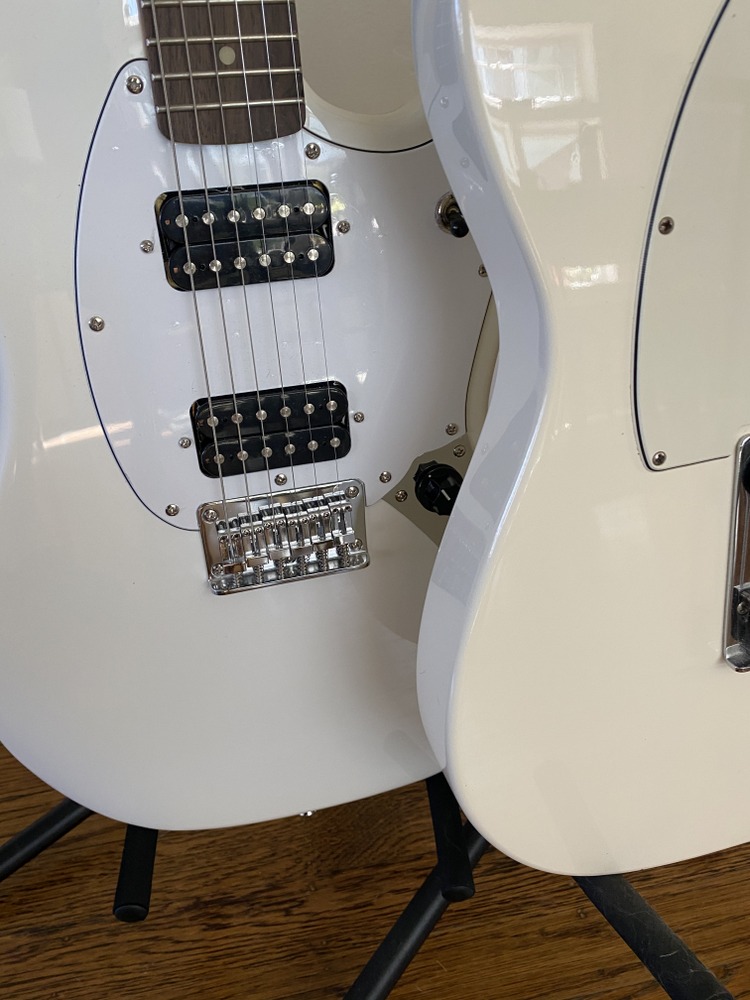When it comes to choosing the perfect shade for your space, the debate between Arctic White vs Bright White can be both exciting and overwhelming. Both colors offer a fresh and inviting aesthetic, but their subtle differences can significantly impact your design choices. Whether you're painting walls, selecting furniture, or choosing accessories, understanding the nuances of these whites can make all the difference in achieving the desired look.
White has long been a staple in interior design due to its versatility and ability to create an airy, clean atmosphere. However, not all whites are created equal. Arctic White and Bright White each bring unique characteristics to the table, making it essential to explore their properties before making a decision.
In this comprehensive guide, we will delve into the differences between Arctic White and Bright White, their applications, and how to choose the best option for your needs. By the end of this article, you'll have the knowledge and confidence to select the perfect white for your project.
Read also:Gena Karla Ribeiro Unveiling The Inspiring Journey Of A Rising Star
Table of Contents
- Introduction to Arctic White vs Bright White
- What is Arctic White?
- Understanding Bright White
- Color Temperature Differences
- Applications of Arctic White and Bright White
- How to Choose the Right White
- Design Tips for Using Arctic White and Bright White
- Frequently Asked Questions
- Comparing Arctic White vs Bright White
- Conclusion
Introduction to Arctic White vs Bright White
Why White Matters in Design
White is more than just a color—it's a statement. It reflects light, enhances space, and creates a sense of purity and sophistication. However, the world of white is vast, with numerous shades offering different moods and effects. Arctic White and Bright White are two popular choices, each with distinct characteristics that cater to various design preferences.
Arctic White is often associated with a cooler tone, reminiscent of snow-covered landscapes. On the other hand, Bright White leans toward a warmer, more vibrant hue. Both colors have their own advantages, and understanding their differences is crucial for achieving the desired aesthetic.
What is Arctic White?
Arctic White is a shade of white that exudes coolness and freshness. It is often described as crisp and clean, with a slight bluish undertone. This shade is perfect for creating a modern, minimalist look or enhancing spaces that require a sense of tranquility and openness.
Key Characteristics of Arctic White
- Cool undertones with a hint of blue
- Ideal for contemporary and minimalist designs
- Enhances the perception of space and light
Arctic White is often used in kitchens, bathrooms, and living rooms to create a clean, airy atmosphere. Its ability to reflect light makes it an excellent choice for smaller spaces, making them appear larger and more inviting.
Understanding Bright White
Bright White, as the name suggests, is a vibrant and radiant shade of white. It has a warmer undertone compared to Arctic White, making it more inviting and cozy. Bright White is perfect for spaces where you want to add a touch of warmth without compromising on brightness.
Key Characteristics of Bright White
- Warm undertones with a hint of yellow
- Suitable for traditional and rustic designs
- Creates a welcoming and comfortable atmosphere
Bright White is commonly used in bedrooms, dining rooms, and living areas to create a cozy and inviting environment. Its ability to reflect light while maintaining warmth makes it a popular choice for family-oriented spaces.
Read also:Alyssa Hart Age Unveiling The Life And Journey Of A Rising Star
Color Temperature Differences
One of the most significant differences between Arctic White and Bright White lies in their color temperature. Arctic White falls into the cool spectrum, with a bluish undertone that evokes a sense of calmness and serenity. Bright White, on the other hand, belongs to the warm spectrum, with a yellowish undertone that adds a touch of comfort and coziness.
Understanding color temperature is essential when selecting the right white for your space. Cool whites like Arctic White are ideal for modern and minimalist designs, while warm whites like Bright White are perfect for traditional and rustic settings.
Applications of Arctic White and Bright White
Arctic White in Interior Design
Arctic White is a versatile shade that can be used in various interior design applications. Its cool undertones make it an excellent choice for:
- Kitchens: Creates a clean and modern look
- Bathrooms: Enhances the perception of space and light
- Living Rooms: Adds a sense of tranquility and openness
Bright White in Interior Design
Bright White, with its warm undertones, is perfect for spaces where comfort and coziness are paramount. It is commonly used in:
- Bedrooms: Creates a welcoming and restful atmosphere
- Dining Rooms: Adds warmth and intimacy to gatherings
- Living Areas: Enhances the feeling of home and hospitality
How to Choose the Right White
Selecting the right white for your space involves considering several factors, including lighting, room size, and design style. Here are some tips to help you make an informed decision:
- Lighting: Natural light can affect how colors appear. Test paint samples under different lighting conditions to ensure the desired effect.
- Room Size: Cool whites like Arctic White are ideal for smaller spaces, while warm whites like Bright White work well in larger areas.
- Design Style: Match the shade of white to your overall design aesthetic. Arctic White complements modern and minimalist designs, while Bright White suits traditional and rustic styles.
Design Tips for Using Arctic White and Bright White
Combining Shades for Contrast
Using both Arctic White and Bright White in the same space can create a dynamic and visually appealing contrast. For example, you can paint walls with Arctic White and use Bright White for trim and accents. This combination adds depth and interest to the room while maintaining a cohesive look.
Adding Accents for Personalization
Both Arctic White and Bright White can serve as a blank canvas for adding pops of color and texture. Consider incorporating vibrant accessories, such as throw pillows, rugs, or artwork, to personalize your space and reflect your unique style.
Frequently Asked Questions
What is the difference between Arctic White and Bright White?
Arctic White has a cool, bluish undertone, while Bright White has a warm, yellowish undertone. These differences in color temperature make them suitable for different design styles and applications.
Which white is better for small spaces?
Arctic White is often preferred for small spaces as its cool undertones enhance the perception of space and light. However, Bright White can also work well if you want to add warmth to the area.
Can Arctic White and Bright White be used together?
Yes, combining Arctic White and Bright White can create a striking contrast and add depth to your design. Use Arctic White for walls and Bright White for trim and accents to achieve a balanced look.
Comparing Arctic White vs Bright White
When comparing Arctic White vs Bright White, it's essential to consider their unique characteristics and how they align with your design goals. Arctic White offers a modern, minimalist aesthetic with its cool undertones, while Bright White provides a warm and inviting atmosphere with its yellowish hue.
Ultimately, the choice between these two shades depends on your personal preference and the specific needs of your space. By understanding their differences and applications, you can make an informed decision that enhances your design vision.
Conclusion
In conclusion, the debate between Arctic White vs Bright White comes down to personal taste and design objectives. Both shades offer unique qualities that can transform any space into a beautiful and functional environment. Whether you prefer the cool, crisp look of Arctic White or the warm, inviting feel of Bright White, the key is to choose a shade that complements your style and enhances your living space.
We encourage you to experiment with paint samples and explore different combinations to find the perfect white for your project. Don't hesitate to share your thoughts and experiences in the comments section below. For more insights and inspiration, feel free to explore our other articles on interior design and color theory.
Remember, the right white can make all the difference in achieving the desired look and feel for your space. Happy designing!


